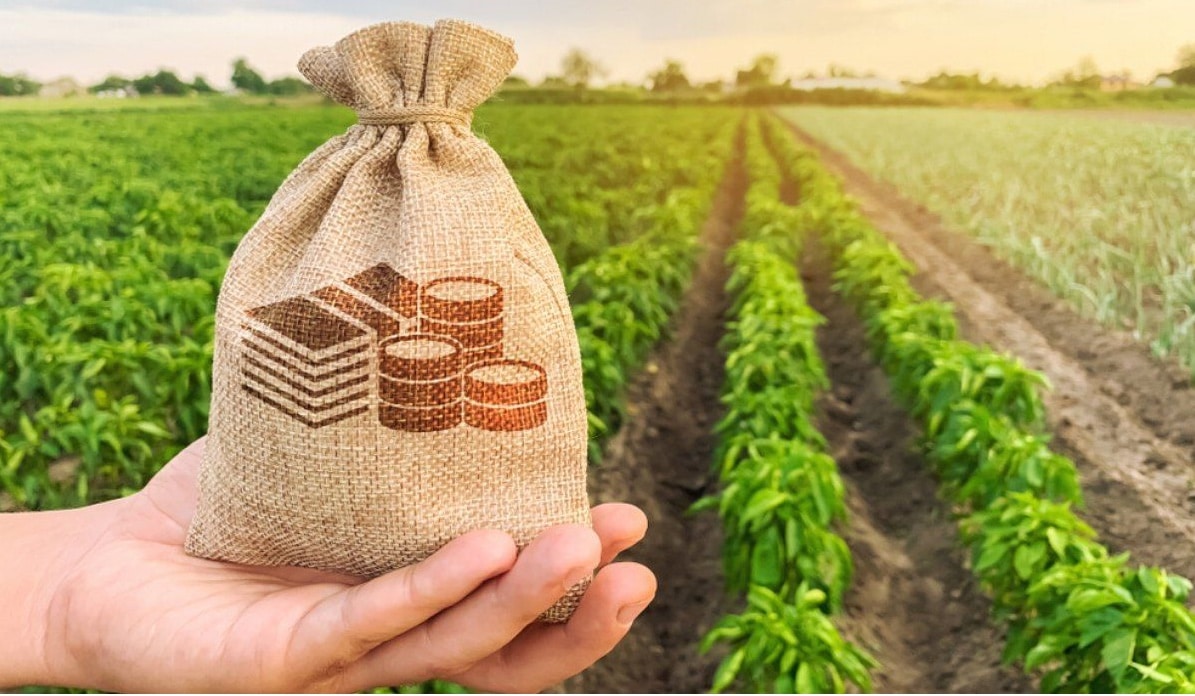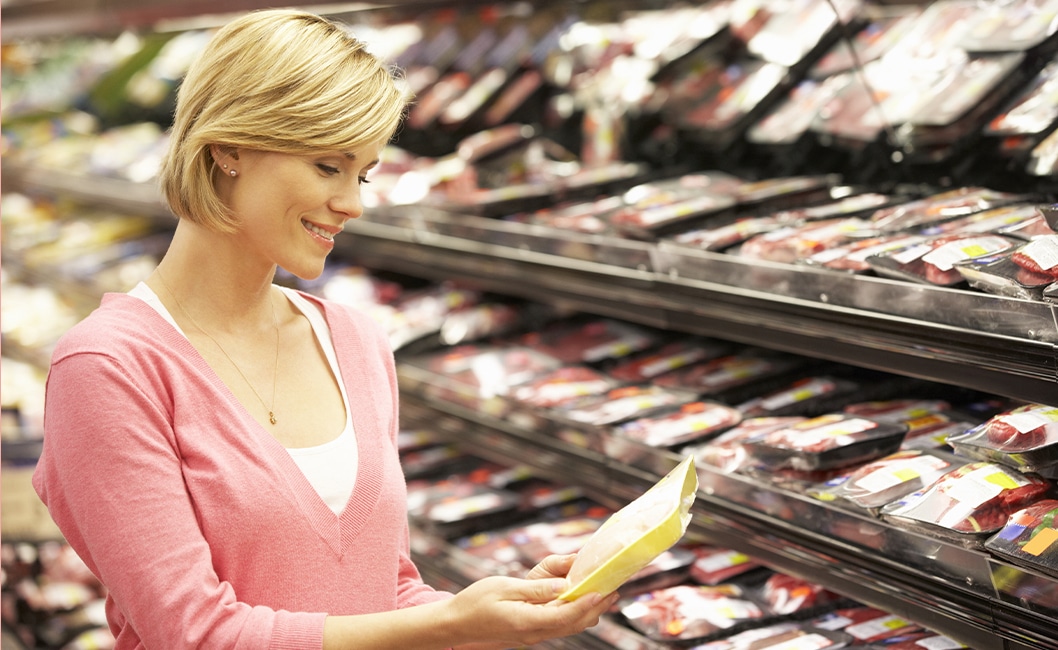
Green label emissions for livestock in Belgium
One of the biggest challenges the livestock industry has faced in the past decade is meeting the demands society places on it, and finding the financial resources to meet those demands. There is no doubt that we have the knowledge and the solutions to do sustainable livestock farming, but unfortunately that comes at a price. Unless we start thinking differently, this will be passed on to the ever-shrinking margins of agricultural entrepreneurs.
These requirements are based on a premise that our society wants:
- Locally produced food.
- Not to dump the problem on another country.
- That our food is sustainable, and we value it more than just relying on the cheapest price

One of the biggest problems we face is that the ”gatekeepers” (supermarkets) don’t want to give in. It is much easier for them to:
- Packing food in nice comfortable branding.
- Convincing consumers that they are making the right sustainable choice.
So instead of telling the reality of where our food comes from, they avoid objectifying it and leave much to conjecture. Whereas they should be helping consumers make an informed decision about the food they eat.
Animal Welfare
We need only look at the movement for animal welfare over the past decade. Can we really say that the animals have benefited? Probably not much, and if so, where is the hard evidence? ‘Better chicken’ aims to give chickens a better life, and there is evidence that it has. It has also caused chicken to have a higher value because consumers are paying more for it. And that’s a good thing. But has anyone bothered to assess the environmental impact of such an initiative, which is estimated to increase the Carbon Tax by 25-30% per year? That’s potentially billions of tons of additional Carbon load per year if it is widely implemented.
Environment
If the point is to save the planet through air scrubbers, how do we get consumers to pay for it, and how do we create a business model that farmers are eager to join? To do this, we need to bring together all the elements discussed earlier (partial air washing, subsidies, energy recovery, green label farming premiums). We use Belgium as a good example of how this could work out.
Belgium
Belgium is now discussing how it will meet its environmental goals for livestock production by 2030. They looked at other countries and decided not to follow, but to go down the path of centralization. To achieve this, two things have been decided:
- The ammonia reduction target for a swine or poultry farm will be 60%, not the traditionally accepted 90%.
- Agricultural entrepreneurs receive a 40% subsidy on applied technologies.
This means for a poultry house of 40,000 chickens:
- Cost of an “installed” air scrubber – 75,000 euros
- With 40% subsidy, the net cost is – 45,000 euros
- Turn costs per year 5,000 euros
- Total cost over 5 years – 70,000 euros
Payback period
- Premium payments of 5 cents per hen (known), in a barn with an air scrubber.
Yield – 13,000 euros/shed/year. - Green fertilizer from ammonium sulfate produced in the wash water will yield about 2,000 euros per year.
Return on investment – 4.7 years. Investment in energy recovery will improve ROI to less than 3 years. So it is clear that this could be an interesting business model for agricultural entrepreneurs, and at the same time it will not hit the consumer’s wallet because the total additional cost on the final product is minimal.

Consumer costs
In Belgium, the cost price of chicken is about 6.5 euros per kg. The additional price of 5 euro cents per chicken is a small price to pay for environmentally friendly meat. Especially if we consider that the additional price for “Better chicken” or the “Standard Chicken” as it is called in the Netherlands is 2 euros extra for 600 grams of chicken breast. Maybe in the future we can all rally behind the idea of a “green label Better Chicken,” a chicken with a “better welfare” that is “better” for the planet.
Conclusion
Hopefully this introduction to the “possibilities of air scrubbers” has made it clear why this form of emission management and energy recovery is necessary. How we approach it to successfully achieve our goals will require a change in thinking. There is a business opportunity that can benefit our farmers, protect the industry and avoid burdening consumers.
For more information on our approach to measuring sustainability and carbon score:
- Environmental Report
- CO2 profile

